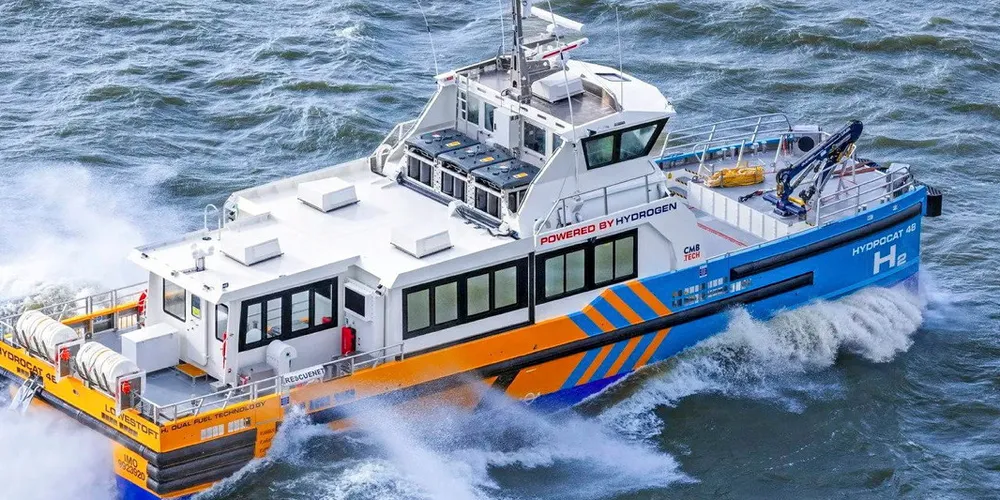Pilot boat | 'World first' as Vestas pins hopes on green hydrogen to slash emissions by a third
Wind giant to use grey hydrogen for trial of H2-powered crew transfer vessel, but aims to use the scheme to ‘mature a pathway’ to green

Wind giant to use grey hydrogen for trial of H2-powered crew transfer vessel, but aims to use the scheme to ‘mature a pathway’ to green
